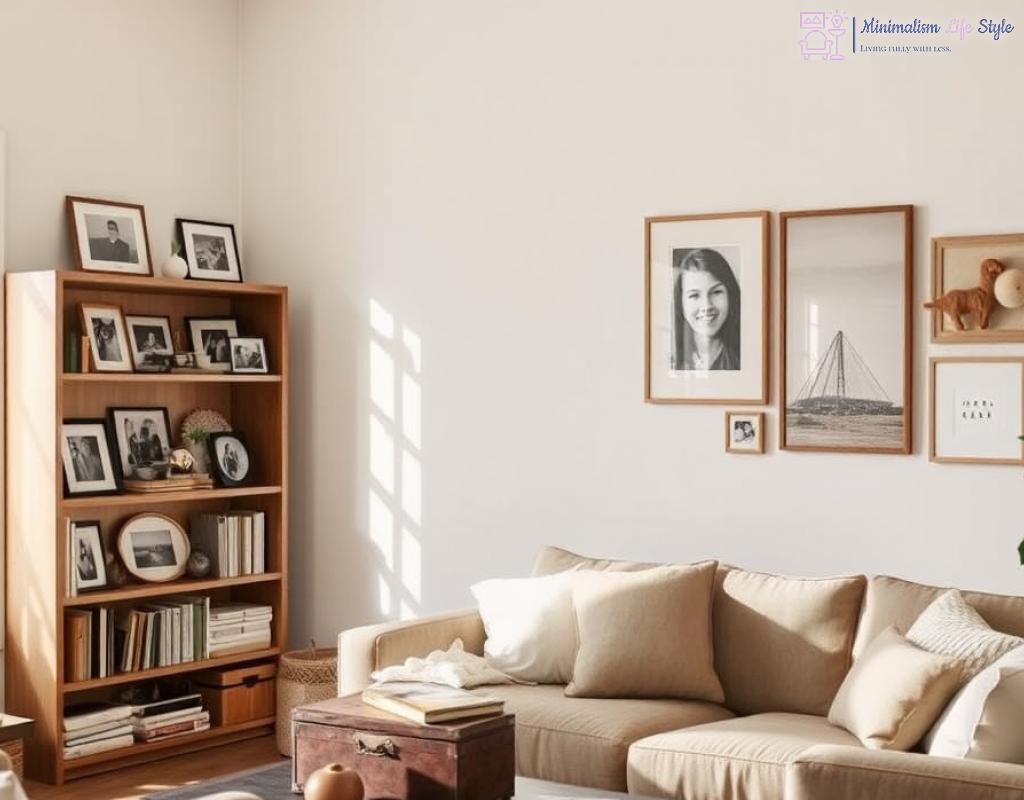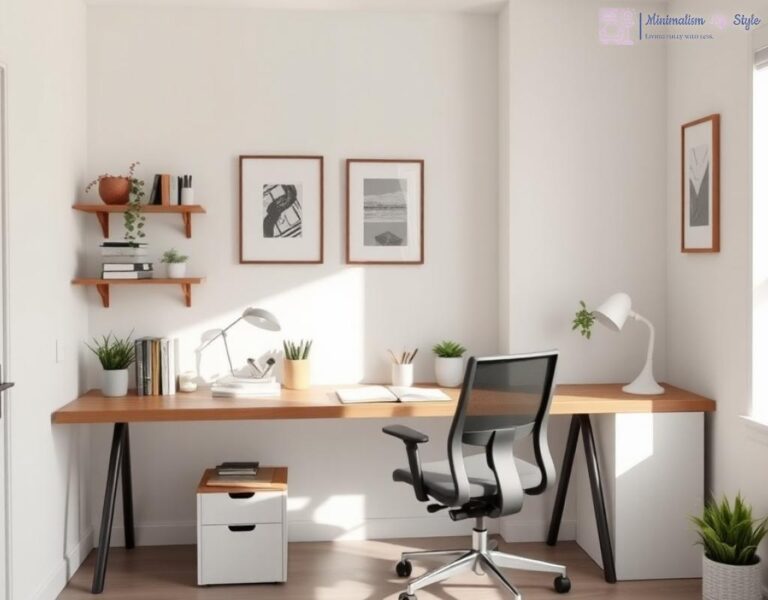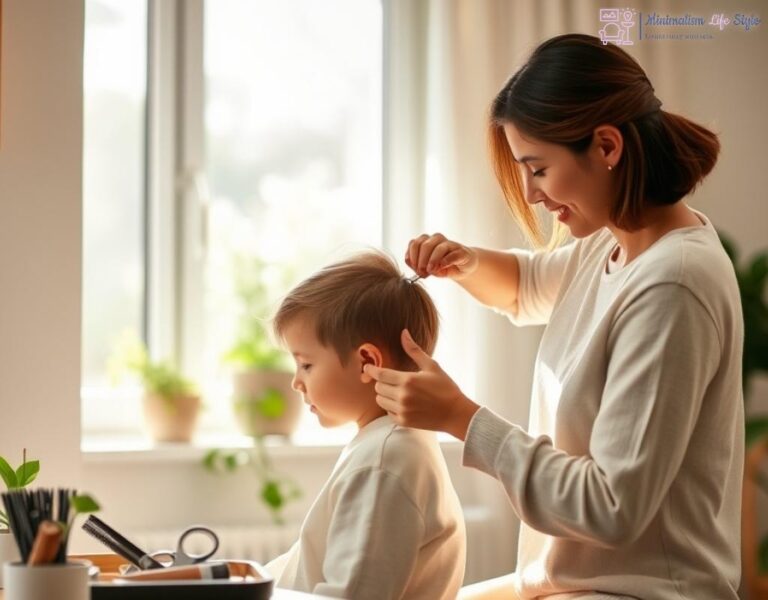The Art of Letting Go: Evaluating What Matters

Family memorabilia often carries emotional weight far beyond its physical presence. From childhood drawings to wedding albums, these items tell stories that shape our identities. However, as our collections grow, it can become overwhelming to manage them all. The first step in decluttering is recognizing that letting go doesn’t equate to losing memories. It’s about curating a collection that truly reflects what matters to you and your family.
Determining which items deserve a place in your home can be challenging. Here are some questions to consider when evaluating your memorabilia:
- Does this item spark joy or nostalgia?
- Is it representative of a significant event or milestone?
- Would I be willing to share this item with future generations?
By answering these questions, you can create a clearer picture of what to keep. It might be helpful to categorize items into three groups: Keep, Donate, and Discard. This method not only simplifies your decision-making but also allows you to thoughtfully preserve the memories that matter most.
To further assist you in your decluttering journey, consider this table that outlines various types of memorabilia and suggestions for preserving their essence without keeping the physical item:
| Type of Memorabilia | Preservation Method | Considerations |
|---|---|---|
| Photographs | Scan and create a digital album | Ensure high resolution for quality |
| Children’s Artwork | Take photos and create a photobook | Choose the most meaningful pieces |
| Family Heirlooms | Document stories and pass them down | Consider sharing with family members |
By using this table, you can find creative ways to honor your cherished items while reducing clutter. Remember, the goal isn’t to erase memories, but rather to celebrate them in a more manageable way.
Digitizing Memories: Turning Tangibles into Treasures
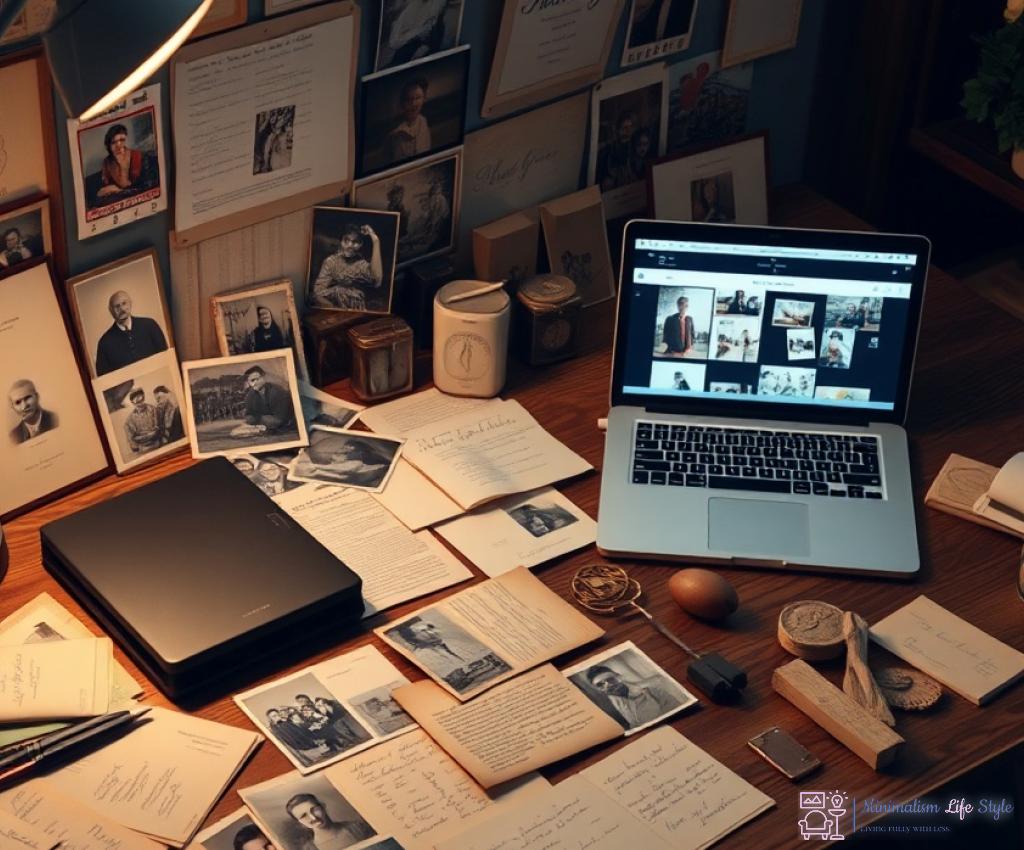
In the digital age, the notion of preserving memories has evolved dramatically. The physical items that once filled our homes with nostalgia can now be transformed into accessible digital treasures. Not only does this process help in decluttering, but it also ensures that your cherished memories remain safe and easy to share with loved ones.
Going digital opens a world of possibilities for preserving family memorabilia. By converting tangible items into digital formats, you can eliminate physical clutter while still holding onto the essence of your memories. Here are some innovative methods to consider:
- Scanning Documents: Use a high-quality scanner to digitize important documents, letters, and certificates. This not only preserves the content but also allows for easier organization.
- Photography: Capture images of physical memorabilia such as artwork or heirlooms. This method enables you to keep a visual record without needing to store the items themselves.
- Cloud Storage: Utilize cloud services to store your digital files. This provides both accessibility and security, ensuring that your memories are protected from physical damage.
Once you’ve digitized your memorabilia, the next step is to create digital keepsakes that can be enjoyed by everyone. Consider these ideas:
- Custom Photo Books: Compile your scanned photographs and artwork into beautifully designed photo books that tell your family’s story.
- Digital Albums: Organize your images into themed albums on your computer or in a cloud service, making it easy to revisit specific memories.
- Video Tributes: Create short videos using photos and clips that showcase significant family events. These can be shared during gatherings or sent to family members.
By embracing technology, you can transform your family memorabilia into a collection of digital treasures that will not only declutter your space but also celebrate the rich tapestry of your family’s history.
Creative Storage Solutions: Organizing Keepsakes Smartly
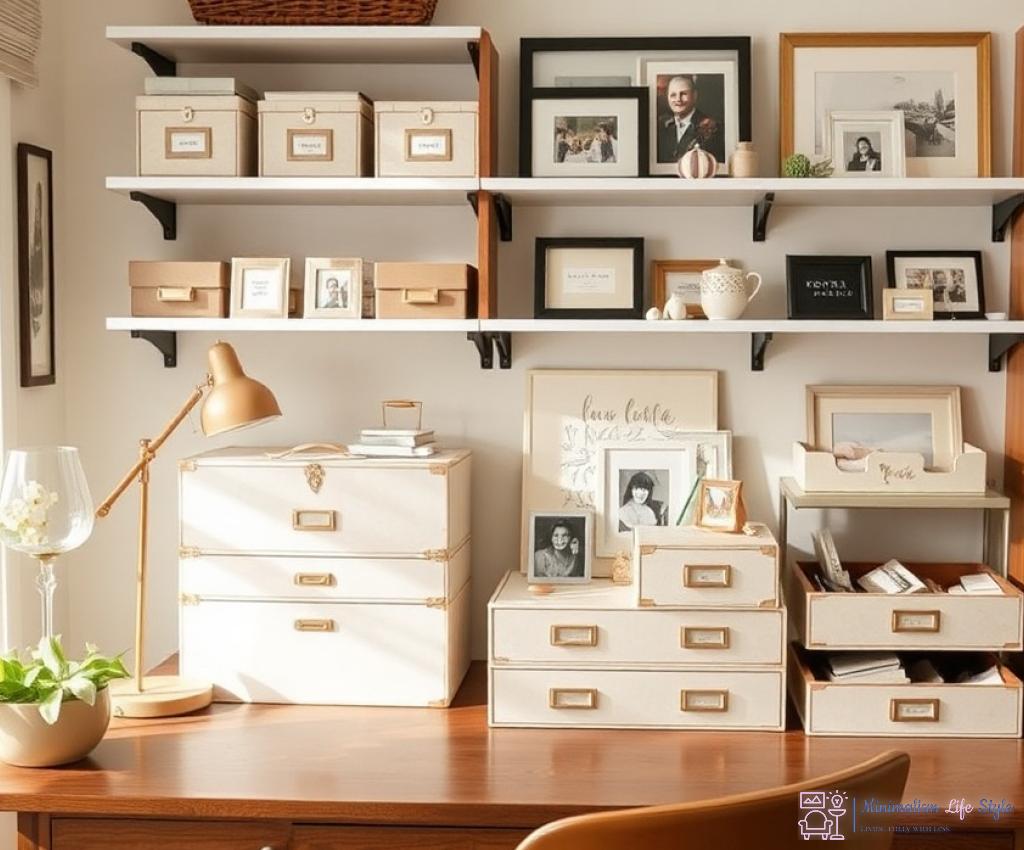
In the quest to declutter and preserve cherished family memories, finding innovative storage solutions is key. As we sift through boxes filled with memorabilia, it becomes essential to organize these keepsakes in a way that honors their significance while maintaining a tidy living space. The right storage can enhance accessibility, allowing you to enjoy your memories without the burden of clutter. Here, we explore creative methods to store your family treasures effectively.
While traditional boxes serve their purpose, thinking outside the box can lead to more functional and aesthetically pleasing storage solutions. From decorative bins to digital archives, the options are endless. Here are some inventive ideas to consider:
- Memory Jars: Transform small keepsakes into a stunning display by placing them in clear jars. This not only preserves the items but also allows you to see and appreciate them daily.
- Wall Art Displays: Utilize frames or shadow boxes to create a gallery wall showcasing your most treasured items, such as family heirlooms or children’s artwork. This turns your memories into a vibrant part of your home decor.
- Photo Albums with a Twist: Instead of standard photo albums, opt for themed scrapbooks that tell a story. Use colorful papers and embellishments to add a personal touch that reflects your family’s journey.
As you embark on your organizing journey, don’t underestimate the power of effective labeling. Thoughtful labeling not only aids in finding items quickly but also preserves the context behind each keepsake. Consider these labeling strategies:
- Descriptive Labels: Instead of generic tags, include brief descriptions of the item’s significance or the memory attached to it, making it easier to recall the story behind it.
- Color-Coded Systems: Use color to categorize items by type or significance. For instance, blue labels for photographs, green for documents, and red for heirlooms can streamline your organization process.
- Digital Indexing: For those embracing technology, create a digital inventory of your memorabilia. Document each item with photos and descriptions, which can be stored in a cloud service for easy access.
By implementing these creative storage solutions, you can maintain a clutter-free environment while celebrating the memories that matter most. The goal is to create a living space that reflects your family’s history in an organized and beautiful way, allowing you to cherish your keepsakes without feeling overwhelmed.
Memory Capsules: Crafting Meaningful Remembrance Boxes
In the journey of decluttering family memorabilia, one innovative approach that stands out is the creation of memory capsules. These capsules serve as personal time capsules, allowing families to encapsulate significant moments and emotions in a compact and meaningful way. Instead of drowning in a sea of items, consider how a thoughtfully crafted remembrance box can celebrate your family’s history while cutting down on clutter.
To begin, think about what truly defines your family’s narrative. Each memory capsule should focus on a specific theme, event, or individual, making it a curated reflection rather than a chaotic collection. For example, you might create a box dedicated to a child’s first year, encompassing everything from their hospital bracelet to their favorite toy. This approach not only preserves physical items but also encapsulates the emotions tied to those memories, allowing future generations to connect with their heritage.
Memory capsules can be crafted using various materials and techniques, but the essence lies in the stories they hold. Start by selecting a beautiful box that resonates with your family’s aesthetics. This could be a vintage wooden chest, a decorative tin, or even a handcrafted container. Once you have chosen your vessel, it’s time to fill it with treasures that evoke cherished moments. This could include photographs, letters, mementos, or even written accounts of significant events.
Consider adding personal touches to enhance the experience. Handwritten notes explaining the significance of each item can transform a simple memento into a cherished artifact. By documenting the stories behind the objects, you create a dialogue with your family’s past, allowing future generations to understand and appreciate the memories contained within. These capsules become touchstones, connecting your family through shared experiences and emotions.
As you assemble your memory capsules, think about how these boxes can evolve over time. They can serve as a beautiful legacy to pass down, encouraging family members to add their own memories and stories as they grow. This practice not only fosters a sense of continuity but also invites younger generations to engage with their family history in a meaningful way.
Moreover, consider the space where you keep these capsules. Displaying them in a designated area of your home can turn them into conversation starters, inviting family members and friends to share in the joy of reminiscing. By integrating these remembrance boxes into your living space, you transform them from mere storage solutions into integral elements of your family’s narrative.
Sharing the Legacy: Involving Family in the Process
When it comes to the delicate task of decluttering family memorabilia, involving family members in the process can add a rich layer of meaning and connection. Engaging your loved ones not only fosters a sense of shared responsibility but also ensures that the memories you choose to keep are reflective of everyone’s sentiments. As you embark on this journey together, consider it an opportunity to deepen your family’s narrative while making thoughtful decisions about what to preserve.
To begin, host a family gathering dedicated to reminiscing. This setting allows everyone to share their favorite memories associated with specific items, whether they are photographs, letters, or heirlooms. Encouraging open dialogue can lead to surprising revelations about the significance of certain pieces, revealing stories that may have been forgotten or overlooked. As family members recount their experiences, you may find that some items hold a deeper connection than you initially realized, helping to guide your collective decisions on what to keep.
As your family engages in this process, consider collaborating on creating collective keepsakes. This can involve crafting family photo books or scrapbook-style albums that capture shared memories in a visually stunning way. By doing so, you not only streamline the memorabilia but also transform it into a collaborative art project that strengthens family ties. Each family member can contribute their favorite photos, notes, and even drawings, making the end result a true reflection of everyone’s viewpoint. This shared endeavor not only preserves memories but also creates new ones as you bond over the creative process.
Don’t overlook the importance of documenting the decluttering journey itself. As you sift through memories together, consider assigning someone the role of family historian. This person can take notes, record stories, and even film short clips of family conversations about the items you’re considering. This documentation can later be compiled into a digital archive or a physical book that chronicles not only the memories being preserved but also the shared experience of going through them. This approach strengthens the emotional connection to the items you decide to keep, reminding everyone that it’s not just about the physical objects but the stories and emotions they carry.
Involving your family in the process of decluttering memorabilia allows you to create a legacy that resonates through generations. The stories that emerge during this process become a part of your family’s history, enriching the bonds that hold you together. By celebrating memories as a collective, you ensure that the essence of your family’s journey is preserved in a way that transcends clutter, making it a beautiful testament to the life you’ve shared.

